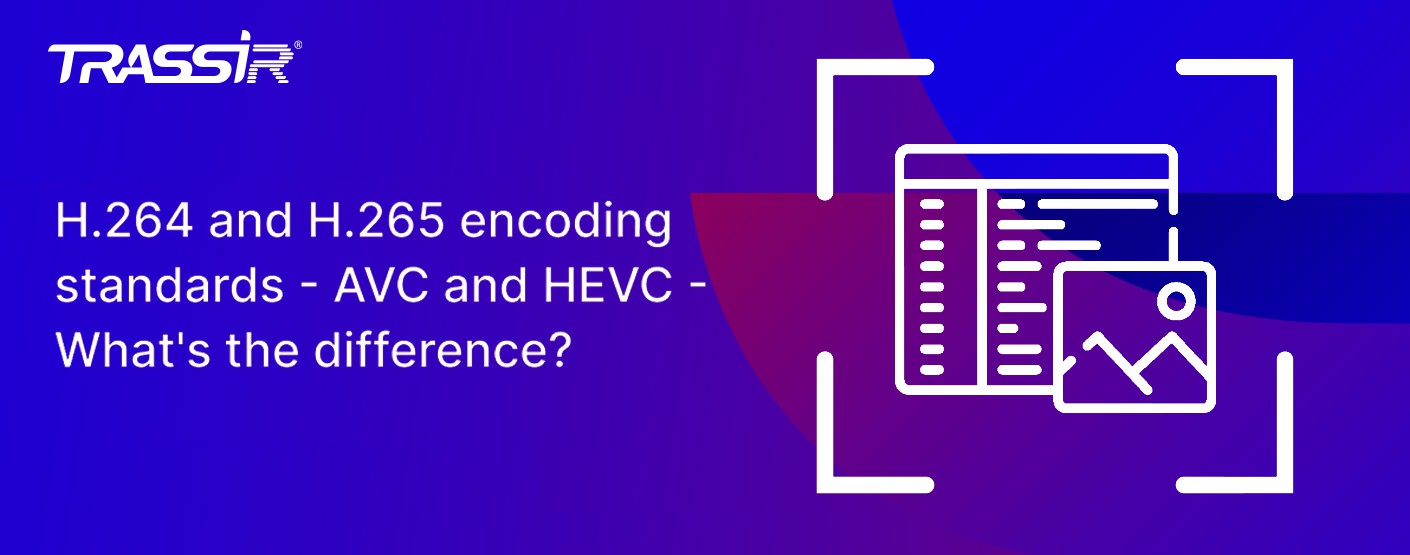

H.264 and H.265 encoding standards - AVC and HEVC - What's the difference?
H.265 and H.264 are video coding standards. They were developed by the expert group of the International Advisory Committee on Telephone and Telegraphy (MKKTT, ITU-T VCEG).
Video surveillance technology is growing rapidly, and the H.264 (MPEG-4/AVC) standard no longer meets the demands of higher resolution video coding. Progress is heading toward 4K UHD and 8K UHD becoming as standard as Full HD is today. The compression standard for next-generation video is H.265. It is slowly being introduced into high-definition IP surveillance products, such as HD IP cameras, NVRs.
What is the H.264 (MPEG-4 AVC) standard?
H.264, or MPEG-4 AVC (Advanced Video Codec), is a video compression standard developed in 2003 that is also a widely used high-definition recording format. H.264 is the codec standard for Blu-ray discs and DVRs.
H.264 covers the needs of people working with IP cameras, television and conferencing.
H.264 video resolution:
854 x 480 (16:9 480p)
1280 x 720 (16:9 720p)
1920 x 1080 (16:9 1080p)
640 x 480 (4:3 480p)
1280 x 1024 (5:4)
1920 x 1440 (4:3)
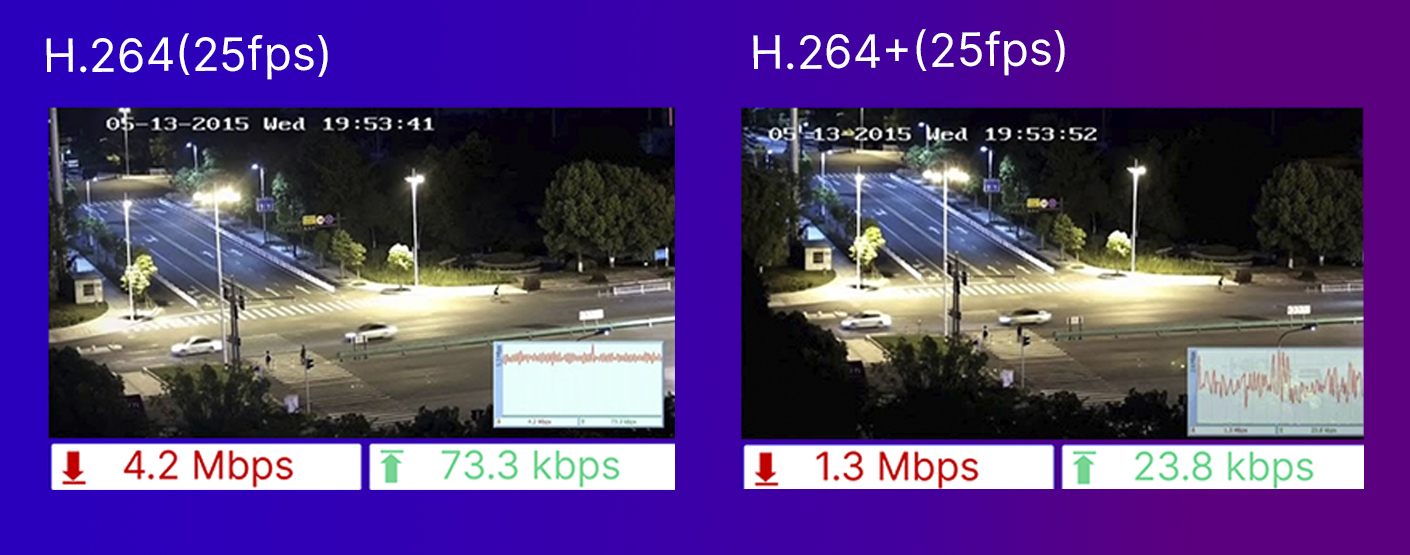
The popularity of this type of encoding was also facilitated by the fact that Apple began actively using it. This means that millions of iPad and iPhone users very quickly switched to this format. Thus H.264 gained 80% of the market and became not just the hegemon, but the gold standard.
By this point, AMD and Intel multi-core processors had entered the market, and real-time HD video decoding was no longer a problem for a wide range of users.
In 2012, H.264 was significantly upgraded. The new standard was called H.265 or HEVC (High Efficiency Video Coding). What makes H.265 special is that it uses advanced techniques to improve the relationship between the code stream, encoding quality, latency and algorithm complexity to achieve optimal settings.
The support for frame formats up to 8K (UHDTV) with a resolution of 8192×4320 pixels has also increased significantly.
The advantages of the H.265 standard over H.264 are:

Transmission of conventional audio and high-definition video at 1 ~ 2 Mbit/s is provided by the H.265 codec, thanks to algorithm optimization.
H.265 also supports 4K (4096 × 2160) and 8K (8192 × 4320) ultra-high-definition video and is designed to deliver higher quality network video with limited bandwidth.
The quality comparison test shows that for the same image quality, when compared to H.264, H.265 encoded video is reduced by about 39-44%. When the bit rate is reduced by 51-74%, the quality of video encoded in H.265 can be the same or better than that of video encoded in H.264, which is significantly better than the expected signal to noise ratio (PSNR ).
What's New?
All news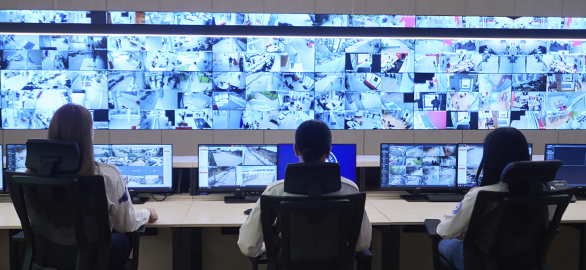
When Every Second Counts: Clarity in Shopping Mall and Warehouse Security
When Every Second Counts: Clarity in Shopping Mall and Warehouse Security
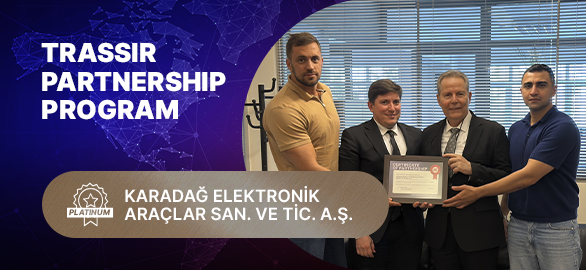
Welcoming Our New Platinum Partner: KARADAĞ ELEKTRONİK ARAÇLAR SAN. VE TİC. A.Ş.
Welcoming Our New Platinum Partner: KARADAĞ ELEKTRONİK ARAÇLAR SAN. VE TİC. A.Ş.
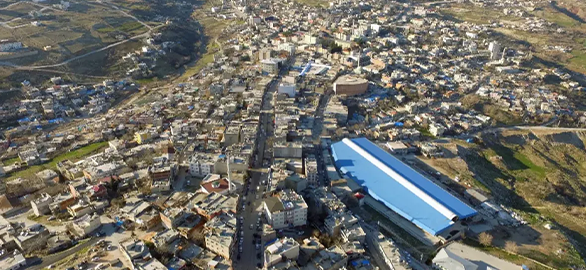
Strengthening Traffic Monitoring for Adıyaman Besni District Gendarmerie with TRASSIR
Strengthening Traffic Monitoring for Adıyaman Besni District Gendarmerie with TRASSIR
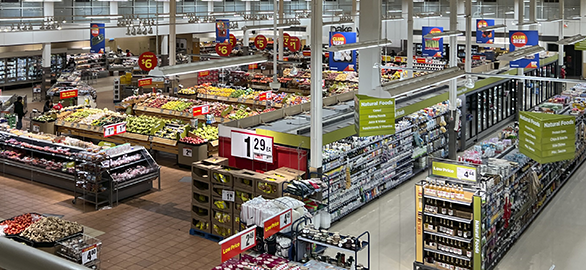
How to Choose the Right Surveillance Cameras for Retail: Zone-Based Guidance with DORI Standards in Mind
How to Choose the Right Surveillance Cameras for Retail: Zone-Based Guidance with DORI Standards in Mind

Welcoming Our New Platinum Partner: BİSAVUNMA GÜVENLİK VE RADAR SİSTEMLERİ SANAYİ TİCARET LİMİTED ŞİRKETİ
Welcoming Our New Platinum Partner: BİSAVUNMA GÜVENLİK VE RADAR SİSTEMLERİ SANAYİ TİCARET LİMİTED ŞİRKETİ

How TRASSIR’s PRO Dual Light Cameras Help You Work Faster and Smarter
How TRASSIR’s PRO Dual Light Cameras Help You Work Faster and Smarter

No More Blind Spots: How TRASSIR Reduces Losses and Investigation Time in Warehouses
No More Blind Spots: How TRASSIR Reduces Losses and Investigation Time in Warehouses

Welcoming Our New Gold Partner: DG Bilgisayar ve Yazılım Destek Hizmetleri
Welcoming Our New Gold Partner: DG Bilgisayar ve Yazılım Destek Hizmetleri
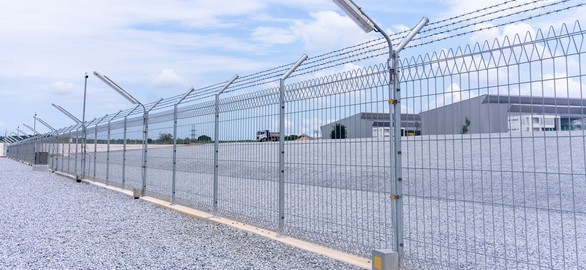
Beyond the Perimeter: How TRASSIR Protects What’s Outside Your Factory Walls
Beyond the Perimeter: How TRASSIR Protects What’s Outside Your Factory Walls
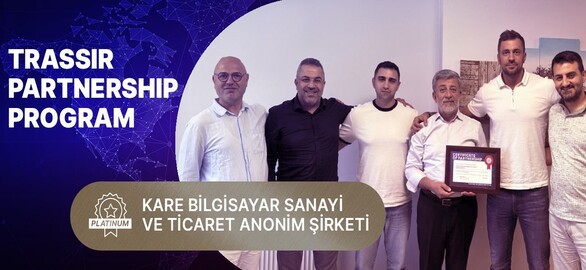
Welcoming Our New Platinum Partner: KARE BİLGİSAYAR SANAYİ VE TİCARET ANONİM ŞİRKETİ
Welcoming Our New Platinum Partner: KARE BİLGİSAYAR SANAYİ VE TİCARET ANONİM ŞİRKETİ

TRASSIR Launches New Cameras with Dual Illumination to Reduce Incident Investigation Time
TRASSIR Launches New Cameras with Dual Illumination to Reduce Incident Investigation Time
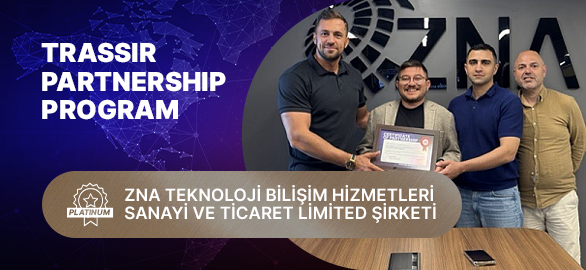
Welcoming Our New Platinum Partner: ZNA TEKNOLOJI
Welcoming Our New Platinum Partner: ZNA TEKNOLOJI

Keeping Things Moving: How TRASSIR Helps Logistics Run Smoothly
Keeping Things Moving: How TRASSIR Helps Logistics Run Smoothly

Welcoming Our New Platinum Partner: LION TECHNOLOGY
Welcoming Our New Platinum Partner: LION TECHNOLOGY

New Success Story: Industrial-Grade Security at Mirbey Plastik
New Success Story: Industrial-Grade Security at Mirbey Plastik
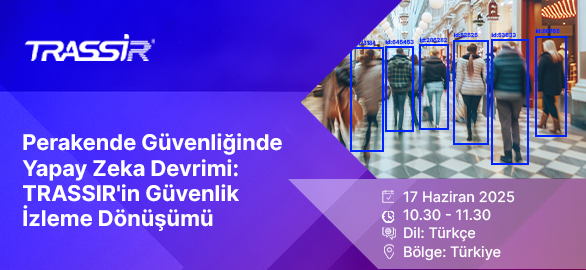
AI-Powered Insights for Retail Security in Türkiye: How TRASSIR’s intelligent video analytics transform retail surveillance
AI-Powered Insights for Retail Security in Türkiye: How TRASSIR’s intelligent video analytics transform retail surveillance
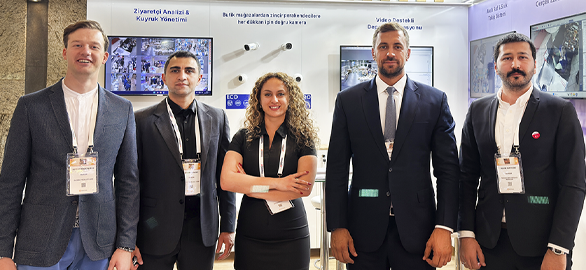
Our First Step into Global Retail: Highlights from Retail Days 2025
Our First Step into Global Retail: Highlights from Retail Days 2025

Transforming Campus Safety: TRASSIR’s Proactive Approach to Protection
Transforming Campus Safety: TRASSIR’s Proactive Approach to Protection

Smarter Surveillance, Smoother Manufacturing
Smarter Surveillance, Smoother Manufacturing

TRASSIR Solutions to Be Featured at Securex South Africa 2025 by neaMetrics
TRASSIR Solutions to Be Featured at Securex South Africa 2025 by neaMetrics
Try TRASSIR For Your Business
Learn more about how TRASSIR analytic modules work! Demo mode is an opportunity to see for yourself how the system works, and also check the interface and test all the functions.Success!
We will contact you as soon as possible